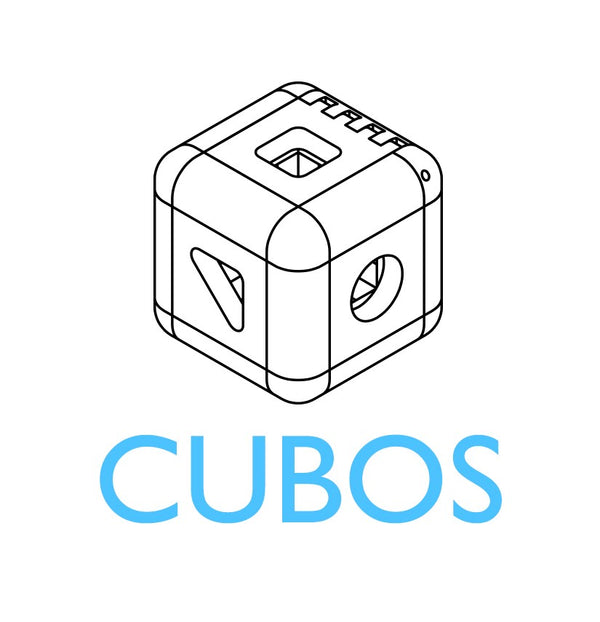Montessori is an educational method that Dr. Maria Montessori developed in the early 1900s. It has been used in schools, homes, and daycare centers around the world for over a century. The Montessori method is based on the belief that children learn best through self-directed, hands-on activities. It emphasizes the use of natural materials and activities that are designed to promote independence and self-confidence.
What Are the Principles of the Montessori Method?
The Montessori Method focuses on the individual child and their unique capabilities. The principles of the Montessori Method are based on the following:
1. Respect for the Child
The Montessori Method respects the natural development of each individual child. It encourages children to develop their own interests, skills, and abilities. The teacher's role is to provide an environment that allows the child to explore and discover.
2. Prepared Environment
This method provides a prepared environment with materials specifically designed to encourage children to learn through exploration and discovery. The environment is designed to be age-appropriate and provide a variety of activities and experiences.
3. Self-Directed Learning
It also encourages children to pursue their own interests and develop their own skills. Children are encouraged to take the initiative and responsibility for their own learning.
4. Hands-On Learning
The Montessori Method encourages hands-on learning. Children are encouraged to explore, experiment, and use their senses to learn.
5. Collaborative Learning
Working together and collaborative learning is highly encouraged by the Montessori Method. Children are encouraged to help each other and work together to solve problems and complete projects.
6. Freedom Within Limits
The Montessori Method provides a sense of freedom within a set of limits. Children are given the freedom to explore and discover their own interests and abilities but within a safe and structured environment.
Implementing the Montessori Method at Home
Implementing the Montessori Method at home can be a great way to provide your children with an enriching learning environment. Here are some tips for creating at home that encourage the Montessori Method.
1. Create a Montessori-friendly Environment
A Montessori home should be set up to allow children to move freely and explore. This means having open spaces, low shelves, and plenty of natural light. It’s also important to have materials that are easily accessible and engaging for children.
2. Provide Age-Appropriate Activities
The Montessori Method emphasizes hands-on learning, so activities should be tailored to each child’s age and ability level. This could include puzzles, books, art, and activities that involve counting or measuring.
3. Encourage Independence
The Montessori Method encourages children to make their own choices and work independently. Parents should provide guidance and support but ultimately allow children to make their own decisions.
4. Let Children Learn at Their Own Pace
Every child has their own way of learning and developing, and it’s important to respect this. Parents should observe their children and use this information to tailor activities to their needs.
5. Make Learning Fun
Learning should be enjoyable for both children and parents. Try to find activities that are both educational and entertaining, such as reading stories or playing games.
Conclusion
The Montessori Method is a great way for children to learn. It is based on the principle that children learn best by doing. This means that children are given the opportunity to learn through hands-on activities. The Montessori Method also emphasizes the importance of social interaction. This is because children learn best when they are able to interact with other children.
If you are looking for Montessori toys in Canada, you can get them from us at CUBOS. We handcraft toys that are not only enjoyable and would help kids learn, but we also ensure they are safe and age-appropriate. Check out our products at CUBOS.

